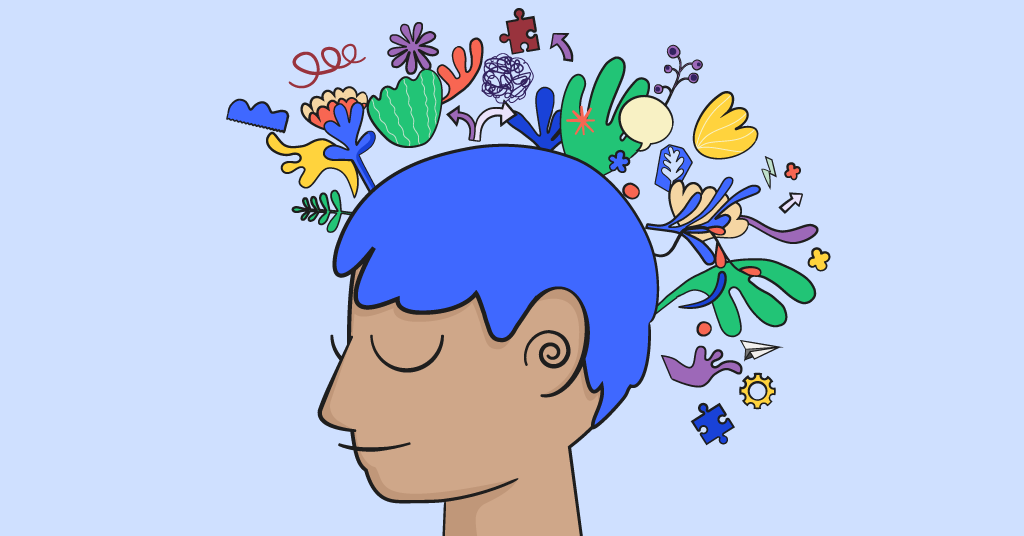
As a parent, your first instinct is to protect your child from all of the hard corners of life. This is usually straightforward, like dealing with bullying, taking care of them when they’re sick, and helping to teach them about online safety. But if your child is hurting themselves (known as self-harm) — or even if you suspect they may be — it can be incredibly scary and stressful. It can be hard to know what to do. In this blog post, you’ll learn how to recognize self-harm, why it happens, and how to support your child if they need help.
What Does Self-Harm Look Like?
Self-harm is more common than many people realize, with 10% of teens stating that they’ve done it. The average age self-harm starts happening is 12–15, and it’s more common in girls than in boys.
Self-harm is when someone hurts themselves on purpose. It can be done in many different ways, including:
- Cutting, scratching, or burning the skin on the body
- Hitting or banging parts of the body
- Piercing the skin
- Picking at existing wounds
- Exercising to the point of injury
- Pulling out hair
Many of these harmful activities can leave lasting scars, marks, bruises, or injuries. Someone may wear baggy clothes to cover up evidence of their self-harm, even in hot weather when long sleeves/pants aren’t usual.
Why Do Teens and Tweens Self-Harm?
Growing up is never easy, but for some kids, it’s made harder by certain life events. People tend to engage in self-harm as a way to cope with negative emotions. It’s not a mental health disorder in itself, but it usually co-occurs with issues like depression, borderline personality disorder, PTSD, disordered eating, and more. Even though it may be related to suicidal behavior, self-harm may not always mean a persons want to end their life. Here are a few reasons that kids may engage in self-destructive behaviors.
Control
For kids struggling with overwhelming emotions, self-harm may help them feel like they’re temporarily in control of something — even if it's painful and harming them.
Punishment
Feelings of guilt or shame may lead a person to hurt themselves as a sort of penance. It may make them feel better in the moment, but it can become a vicious cycle.
Distraction
If a child hasn’t learned how to manage painful or overwhelming feelings, self-harm may provide an avenue to distract themselves from their emotions — albeit an unhealthy one. Replacing emotional pain with physical pain gives them something else to focus on.
The Dangers of Self-Harm Online Communities
Kids struggling with self-harm may turn to social media for advice, support, and a place to talk about what they’re feeling. This may sound like a nice idea, but in reality, these communities may only cause further harm. Instead of receiving support, kids may be triggered. They may also get tips and pointers for how to actually engage in self-harm or hide it.
Platforms like Instagram and TikTok ostensibly prevent users from searching for content with hashtags related to self-harm. When you search for them, you’re instead served a notice for how to contact the Suicide and Crisis Lifeline. However, there are tons of workarounds to actually get to self-harm content, so it’s not entirely effective.
On Reddit, the community r/Selfharm has more than 100,000 members, which shows just how widespread this issue is, especially online.
How to Support Your Child
The stigma around self-harm might make it hard for your child to come to you for help. Feelings of shame, embarrassment, and fear that you’ll be angry at them may make it even harder. The first and best thing you can do is to tell them that you love them and you’re here to help. Making sure they learn positive coping skills will help them get better.
If your child is suicidal, get them immediate help. If they’re not, the next step is to figure out how to get them treatment. Your child’s pediatrician can provide resources and referrals to specialists. Other resources to turn to include school counselors and trusted family members.
How Bark Can Help
While the physical signs of self-harm may be hard to detect, oftentimes kids discuss it online. This could look like a text to a friend, an Instagram post, or writing about it in a Google Doc. Bark’s advanced technology scans your child’s online activities for signs of self-harm — along with other dangers like bullying, depression, and more – and sends you an alert if something concerning is found. This way, you can check in and make sure everything’s okay.
Resources
Read more
Bark helps families manage and protect their children’s digital lives.





